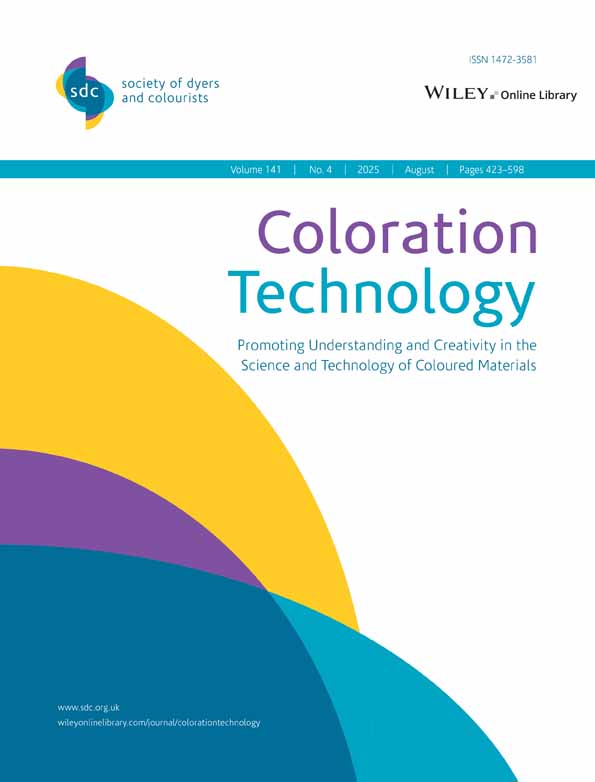Use of fluorescent dyes for developing latent lip prints
Abstract
Advances in the sensitivity of techniques used to examine latent prints (finger or labial) make it necessary to find more effective methods of locating prints on different surfaces. The most difficult surfaces are those which are porous or multicoloured, in which case the developed print may not be easily seen. This study analyses the effectiveness of two fluorescent dyes, Nile Blue and Nile Red, in developing both recent and older latent lip prints on porous and multicoloured surfaces. The results indicate that Nile Red is a very effective reagent for the development of latent lip prints on difficult surfaces of this type.




